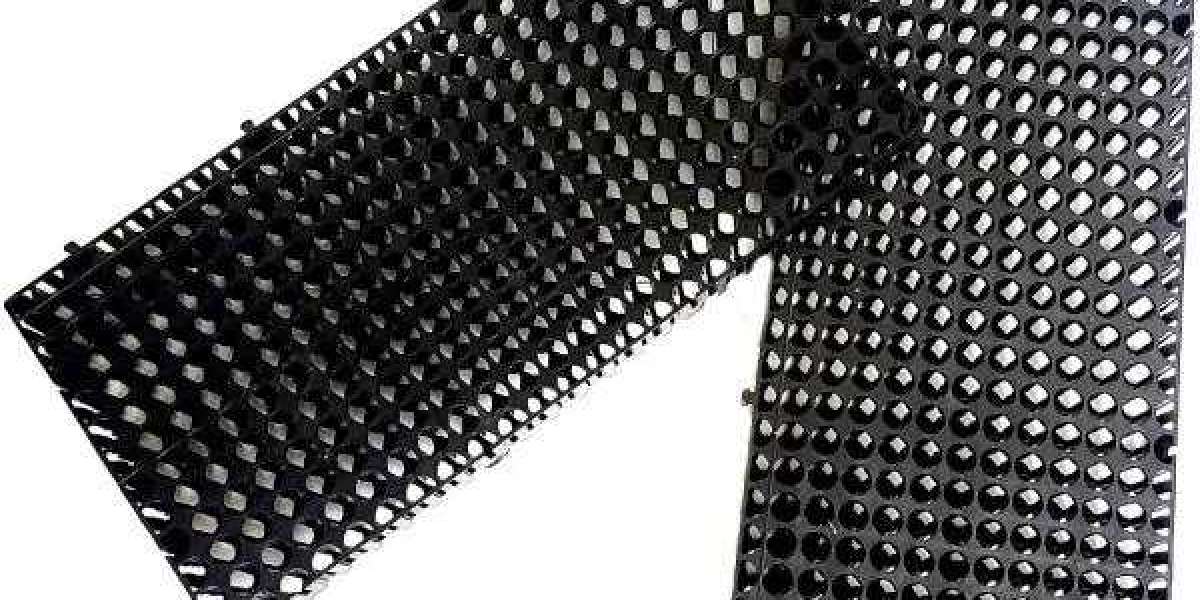In urban planning and civil engineering, effective water management is crucial to prevent flooding, erosion, and infrastructural damage. One of the innovative solutions that have gained traction in recent years is the use of drainage cells. Especially in regions like India, where rapid urbanization is often met with inadequate drainage systems, understanding the costs involved in drainage cell installation is essential for builders, developers, and municipal planners alike.
What are Drainage Cells?
Before we understand the costs associated with drainage cell installation, it’s important to grasp what drainage cells are and their functional significance. Drainage cells, also referred to as 'drain cells' in India, are modular, lightweight structures made from high-density polyethylene (HDPE) that are designed to promote efficient water drainage and storage. These cells create void spaces between them, allowing for the accumulation of water while facilitating its swift drainage into appropriate outlets or systems. They are predominantly used in applications like green roofs, parking areas, and landscaped areas to manage surface water effectively.
Breakdown of Costs
Material Costs
The primary component of any drainage cell installation is the cost of materials. The price of Drain cell in India can vary significantly based on the manufacturer, quality, and local market conditions. Typically, high-quality drain cells range from ₹30 to ₹150 per square foot, depending on their specifications. It’s essential to choose a supplier that adheres to quality standards to ensure the longevity and efficiency of the drainage system.
Additionally, the accompanying installation materials, such as geotextile fabrics (commonly used in combination with drain cell mats), must be factored into the overall material cost. These geotextiles help filter out soil and debris, enhancing the drainage system's performance and longevity.
Labor Costs
Labor costs are another significant factor in drainage cell installation. Skilled workforce availability can greatly influence the overall cost. In popular urban centers, labor rates can range from ₹500 to ₹1000 per day for skilled workers. The complexity of the installation, the site conditions, and the experience level of the laborers involved are all factors that can drive labor costs higher.
For instance, if the installation requires excavation or the removal of existing drainage systems, this will increase labor time and, consequently, costs. It's advantageous to hire a contractor with expertise in drainage cell installation to minimize potential issues and additional expenses.
Site Preparation Costs
Before any drainage cells can be installed, the site must be adequately prepared. This could involve clearing vegetation, grading, and providing a stable base for the drainage system. Each of these preparation steps incurs costs, which can significantly affect the overall price of the project. Depending on the site conditions and the extent of that preparation needed, these costs can add anywhere from 10% to 30% to the total drainage cell installation costs.
Transportation and Logistics
Depending on the location and the supplier’s proximity to the site, transportation can also represent a considerable cost. Delivering large quantities of drain cells and associated materials requires logistical planning, and any delays can lead to increased expenses. It's vital to factor in these costs when budgeting for Drainage cell installation, particularly in remote or less accessible locations.
Maintenance Costs
Maintaining the drainage system is an ongoing cost that often gets overlooked in initial budgeting. Although drainage cells typically require minimal maintenance, regular inspections and cleaning are advisable to ensure the system works effectively over time.
Failure to maintain drainage cells can lead to reduced efficiency and potentially costly repairs down the line. Set aside a budget annually to handle maintenance. This could range from ₹5,000 to ₹15,000 or more, depending on the size of the installation.
Long-Term Financial Implications
While the initial costs of drainage cell installation might seem steep, it’s crucial to consider the long-term financial implications of implementing an efficient drainage system. The up-front expenditure can lead to significant savings by preventing flooding, erosion, and additional repair costs associated with inadequate drainage.
Furthermore, when properly installed, drain cell systems considerably extend their lifespan and effectiveness, minimizing the likelihood of future projects or retrofits. In urban settings, where space is at a premium, utilizing underground drainage cells can also maximize land use, allowing for better planning and utilization of available space.
Importance of Professional Consultation
Cost estimation for Drain cell mat installation can be complex, involving many variables and potential unforeseen expenses. Engaging with professional consultants who specialize in drainage systems can prove invaluable. They can provide detailed project assessments, suggest suitable materials, estimate labor expenses, and identify potential issues early, ultimately streamlining the installation process.
Conclusion
Understanding the costs involved in drainage cell installation is crucial, particularly in high-density areas like India, where effective water management solutions are in high demand. By breaking down the associated costs—material, labor, site preparation, transportation, and maintenance—stakeholders can develop a realistic budget that ensures the integration of effective drainage solutions.
Drainage cells not only provide immediate benefits by handling excess surface water but also promote sustainable land use and long-term ecological benefits. As urban areas continue to expand, investing in such innovations represents not just a solution to current challenges but a proactive approach to future-proofing cities against climate-related stresses. Engaging in detailed planning and seeking professional resources will ultimately lead to successful drainage cell installation and its intended benefits.
Frequently Asked Questions (FAQs)
What are the benefits of using drain cell mats?
Drain cell mats help prevent sediment from clogging the drainage system, enhance filtration, and protect vegetation by managing excess water.
How long do drainage cells last?
At best, good quality drainage cells can last for 25 years or longer, provided they are installed correctly and maintained well.
Can drainage cells be used in residential landscaping?
Yes, drainage cells are ideal for residential landscaping, especially areas prone to water accumulation or flooding.








